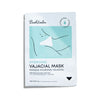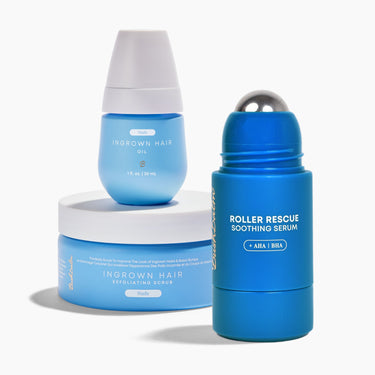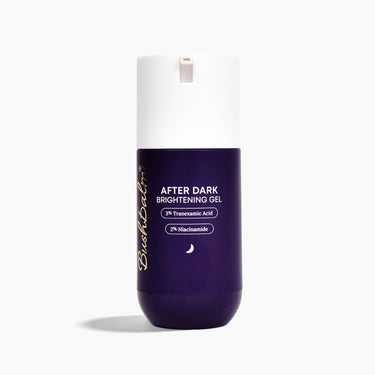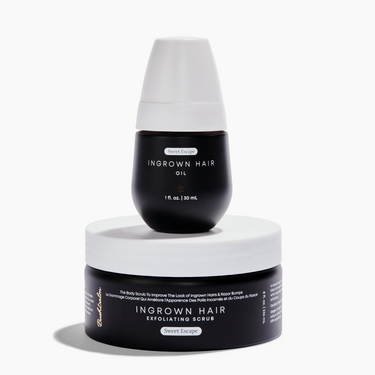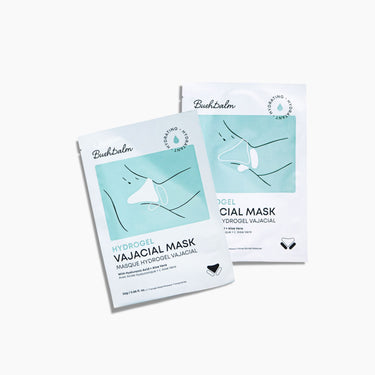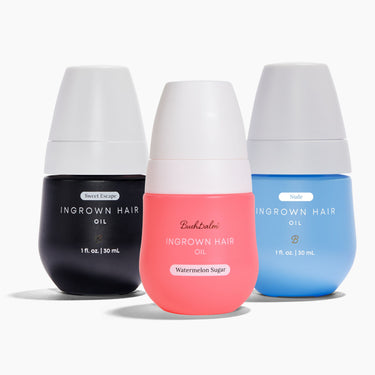Hair Anatomy, Regrowth & The Importance of a Consistent Waxing Routine
It’s no secret that hair removal and shaving have been going on for a long time, centuries even. Tracing back as far as Ancient Rome and Egypt. Ancient Egyptian women would remove everything from head to toe, leaving only their eyebrows. Tweezers made from seashells, pumice stones, copper razors and early beeswax and sugar based waxes were among some of the techniques used for the hair removal. While we can see our hair every day on our heads, faces and bodies, what is really going on under the surface?
What does hair do
The human body contains 5,000,000 hair follicles, we have about 100,000 on our head with the rest on our body. Some of it visible with a melanin content and then the not so visible lighter Vellus hair, or what most people call peach fuzz. While we may think that our body hair is useless, it actually serves a pretty good purpose.
- Regulates body temperature, keeping humans warmer in colder climates
- Eyebrow hair protects our eyes from dirt, sweat and rain
- Protects our skin from harmful things, like bugs and sun damage (to name a few)
Fun Fact: The palms of our hands, bottoms of our feet and our lips are the only parts of the body that are hairless!
What are the parts of the hair
Human hair consists of:
- The hair shaft, the part that sticks out of the surface of the skin that is composed of dead tissue
- The root, a soft thickened bulb at the base of the hair
- The follicle, a sac-like pit from which the hair grows

The hair follicle is located deep within the dermis, at the bottom of that is the papilla where the growth actually happens. A cluster of cells within is being nourished by blood vessels, forming new cells at the base. As they begin to multiply it forms a new rod of cells that push upward out of the skin, dies or keratinizes, forming the hair shaft.
Each hair has three layers:
- the medulla at the centre, which is soft
- the cortex, which surrounds the medulla and is the main part of the hair
- the cuticle, the hard outer layer that protects the shaft
So much goes on beneath the surface of the skin within these hair follicles and with the hair itself. Tagging along closely with these components are the growth phases that make our hair move. Our hair has 3 phases of growth, each of which are important in your waxing journey. These stages are perfect to know, so you can see where your hair is at and why it may be growing back the way that it is.
What are the three stages of hair growth
Anagen (growth phase): the hair is being nourished through blood supply which helps it grow
Catagen (transition phase): the hair detaches from the hair follicle - lasts 1 to 2 weeks
Telogen (resting phase): the hair dies, falls out & new Anagen hair can regrow - can last 6 weeks to 6 months
When we wax, we are working to achieve at getting all of the hair into that new Anagen stage. When the hair is removed from the root at this stage, it damages the Papilla which is the hairs food source. When removed from its food source, the follicle will shrink, causing the regrowth to be less.
It is also very important that you refrain from shaving in between your wax sessions. I know, we’ve all been there. We’ve had something come up like a weekend away or a gathering where we would like to shave, but our appointment is a week or two away. But stay strong! Reverting back to shaving while wanting to hit your waxing hair goal, will have you right back at square one.
What is an ideal waxing schedule
If your goal is to have your hair grow back slower and finer over time, it is very important to keep yourself on a consistent schedule. When we shave and then make the transition into waxing, our hair isn’t all on the same cycle but is in one of the three phases at any given time. It can take up to 3 sessions for your hair to be on the same cycle, depending on the area you are waxing, your schedule may look a little different.

If you’re coming in for leg waxing you may be asked to book as long as 6 weeks out, whereas for an area like the Brazilian Bikini you would be asked to come back every 4-5 weeks for the first 3 sessions. Keeping up with the recommended schedule will get you on the right track to slower and minimal regrowth.
Caring for your skin after waxing
Going hand in hand with a consistent wax schedule is your aftercare! The only true way to achieve your waxing goals is to treat your skin with love. Keeping your skin supple and exfoliated will help to encourage your hair to grow out of the follicle, instead of curling up underneath the skin creating a painful ingrown hair.
Exfoliating your skin 24-48 hours before your appointment with a body scrub or dry brush, will help remove those dead skin cells. Moisturizing is also key in keeping the skin smooth, using an oil or moisturizer every day after you get out of the shower. Honestly who doesn’t love a good aftercare routine!? That’s half the fun of it. Finding your new go to staples, seeing the results and just feeling good!

At the beginning of the whole hair removal phenomenon, woman were doing it because having body hair was viewed as uncivilized. It then grew into a beauty trend where home waxing, epilating and laser where huge, and are still of course big today.
Over the years after, society made the assumption that women should be stubble free and hairless at all times. But within recent years, and us now in 2022, body hair acceptance has shoved all of those assumptions right out the window. Whether you are choosing to remove the hair from your body or keep it, it is one million percent your choice!
We should continue to celebrate all beauty in all of its forms, hair or no hair, we love it all!



